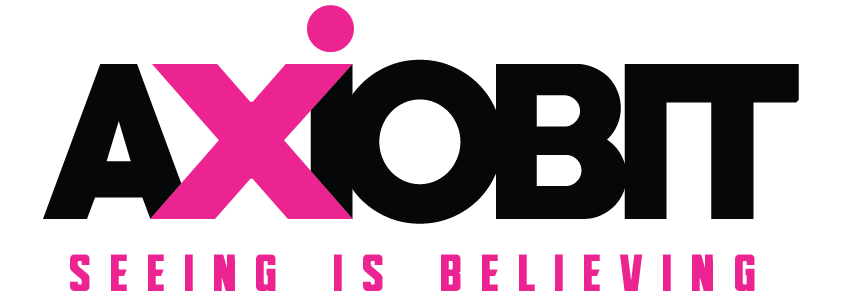THE FAILURE OF BUSINESS ANALYSIS BASED ON BRAINSTORMING AND INTERVIEWS
I am a consultant with more than 25 years of working experience. I managed large projects implementing high-level business schemes around some hot topics such as intelligence and data management, business process management, or learning machines. At the moment, with a group of experienced experts, I am trying to create an innovation framework based on mapping and prototyping.
The entire consulting concept is not necessarily based on the best practice and previous experiences, but more on the quality of interactions with people involved in the project. Throughout my career I have tried to understand and to improve the brainstorming and interviews techniques and to create the communication framework for developing people’s ownership feeling. Most of the times this construct failed and the proposed innovation was owned either by consultants or by high management. Therefore, organizational changes were tough and expensive.
NAMING AND FRAMING IN BUSINESS ORGANIZATIONS
Long time ago, I was involved in personal project with Kettering Foundation, in Dayton, Ohio (where obviously some of magic happens). Its experts and partners developed a “Naming and Framing” methodology as a “people politics” framework, which proposed “action” as a final outcome. In theory, this first entails expressed concerns of a community; subsequently, the “people effort” is oriented to creating a common ground for action. The process includes resources via people, space, and time, as well as assumed options, actions and tradeoffs among the actors at play.
In this context, I have identified that “Naming and Framing” techniques should be used in business organization as well. Specifically, this should entail the naming of the problems and the creation of a framework for common ownership of the solution. Taking these pillars into consideration, I have created a methodological framework for implementing this concept within the business organization. It proposes a social construct for managing innovation and change, and it creates solutions entirely owned by an entire group of people. The concept has been tested in real life and the results have been notable.
In this conceptualization, the issue of brainstorming and interviewing is based on the reality of jaded and disengaged employees.
The “Naming and Framing” technique is relatedly based on the reality of these employees and their emotions, deeply rooted in divergent points of view and dissatisfactions. Brainstorming operates with quiet groups by and large. “Naming and Framing” is tense and noisy. Surprisingly, the results are much better when emotions are included in the process. Today I know this.
AXIOBIT
AXIOBIT is a business initiative created by a group of consultants that aim to create sustainable innovation management by mapping, prototyping and learning. For the stages where the interaction with people is the core of understanding algorithms, our experts use “Naming and Framing” methodology for communication around options, actions and tradeoffs, moving the innovation from a personal ownership to a social construction.
It is all about designing the future performance.
